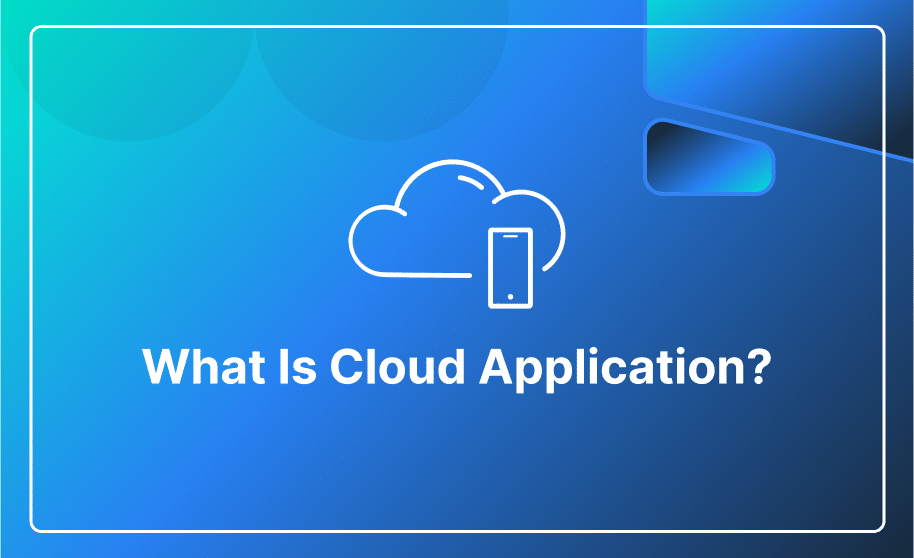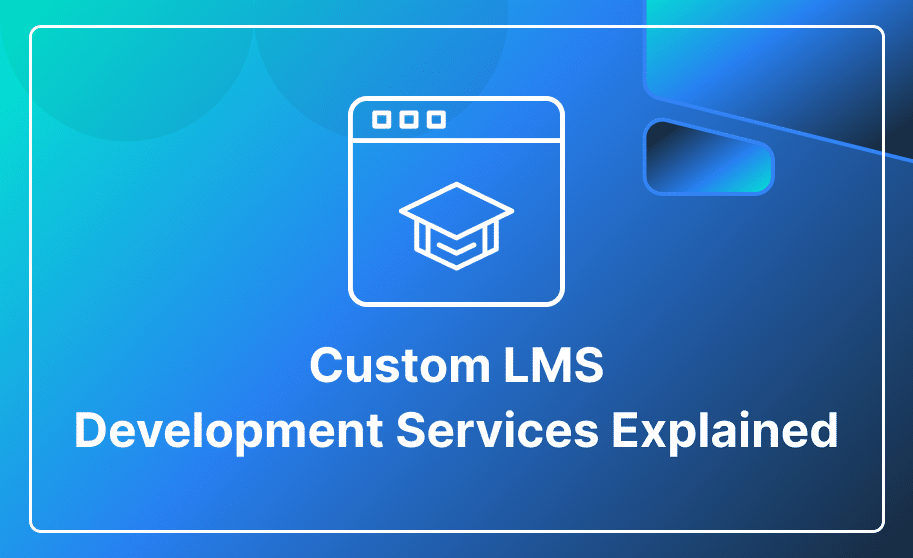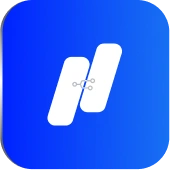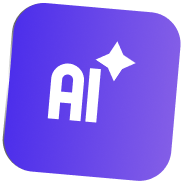In the ever-evolving world of technology, the ability to turn ideas into reality quickly is crucial for entrepreneurs. Traditionally, creating a Software as a Service (SaaS) application requires a team of skilled developers, significant time, and a substantial budget. However, the rise of no-code development platforms has revolutionized the way we approach software creation.
In this blog, we’ll explore the exciting possibilities of building SaaS without writing a single line of code.
Understanding The No-Code Approach
No-code is a software development approach that allows individuals to create applications without writing code.
No-code platforms include drag-and-drop tools, pre-built components, and visual workflows that empower technical and non-technical developers to create and design applications rapidly.
For an in-depth exploration, refer to our blog post on “What is No-Code and How Does It Revolutionize Development?”
What Exactly SaaS Is?
Software-as-a-service (SaaS) is a cloud-based software delivery model that allows users to access and use software applications over the Internet without the need to install, manage, or maintain the underlying infrastructure and hardware.
The software is hosted by a third-party, and users pay a subscription fee for their services. The service providers oversee the traditional software, hardware, middleware, and security. They are also responsible for regular and automatic updates and maintenance of the application.

Building SaaS with No-Code
No-code platforms allows users to build applications without writing lines of code. Users can simply use graphical interfaces and drag-and-drop functionalities to create applications.
Benefits:
- Enhanced Inclusion
- Easy-to-use Interfaces
- Cost-effective
- Time Efficiency
- Easy to Update
- Less risk of Shadow IT
Disadvantages:
- Less Security
- Less Privacy
- Limited Control
- Creativity Constraints
- Difficult to Migrate and Integrate
SaaS Applications Built with No-Code
Here are some of the most successful SaaS applications built with No-Code:
- Incomee is a no-code SaaS application. It is a financial management tool designed for freelance businesses.
- Quickstaff is a web-based application designed for event planners to manage staff, vendors, and contractors.
- Comet is a marketplace that connects businesses with freelance programmers and data scientists for remote work.
- AwareHealth collaborates with employees to improve care for employees experiencing muscle, nerve, and joint pain.
How to Build a No-Code SaaS?
Here is a comprehensive, step-by-step guide on how to build a SaaS product without code:
If you’re unsure about what to create, this is the initial step in the process. The foundation of a successful product lies in having the right and profitable SaaS idea. Missing this stage could lead to the failure of the product.
Finding the Right SaaS Idea:
So, how do you find the ideal idea? Begin by considering an industry. Which field captures your interest? Is it food, finance, sports, or cryptocurrency? Choose an industry that interests you and will fuel your passion to develop a product that effectively addresses its challenges.
Verify the Problem, Your Idea, and Market Viability
It is essential to validate the problem, your idea, and the market. It ensures that what you are introducing to the market will be accepted.
Generating ideas is the response to the specific market need and a solution to a problem. It is where problem validation becomes necessary. To validate the problem, you must know about its existence and assess whether solving the problem will be beneficial.
Idea validation is the process of testing the business viability. On the other market, validation is to assess the demand for your product.
Developing a SaaS Product Strategy
A SaaS product strategy is a comprehensive plan for developing, marketing, and growing your product.
A good product strategy should include details about the design, features, and architecture of the SaaS app. To ensure its effectiveness, the strategy needs to be data-centric, comprehensive, adaptable, and foster cross-collaboration.
- Choosing No-Code Tools
Before building a profitable no-code SaaS product, you must research the no-code tool stack. Compressive research on the most suitable no-code tools is essential.
There are numerous no-code platforms. Some popular no-code platforms are Bubble, Webflow, and Flutterflow.
Top No-Code Tools
Here are the top no-code tools to build a SaaS MVP with no-code:
Webflow:
A no-code development tool for building websites using a visual editing tool. It automates the generation of HTML, CSS, and JavaScript, allowing you to publish your website within minutes.
Bubble:
It is one of the most popular no-code platforms for creating MVPs using a visual editor. Bubble allows you to create interactive, multi-user apps for both mobile and desktop web browsers.
Understand Bubble easily with our comprehensive blog, “What is Bubble.io? A Step-by-Step Guide for Beginners.”
WebFlow:
It is an ideal tool for building scalable frontends. It offers fully customizable designs and provides the freedom to trigger actions based on user behavior.
Flutterflow:
A powerful no-code tool designed to build cross-platform applications for both iOS and Android using Flutter technology.
Directual:
Directual is an advanced no-code development and full-stack tool that allows users to efficiently build scalable products with increased flexibility.
Noloco:
A robust no-code app builder that specializes in using existing business data to create partner apps, client portals, and internal tools.
Softr:
Soft is a premier no-code tool for building applications that require minimal customization. Using your own data, softr allows you to create websites and apps, including client portals, marketplaces, and communities.
Create your MVP
A Minimal Viable Product (MVP) is a launchable version of your product. It includes minimal but essential features.
The goal of an MVP is to facilitate rapid marketing, attain early product-market fit, and engage early adopters.

Verify Your Value Proposition and Product Validity
To validate your product and value proposition, you need to give your product to your prospective customers and users for testing. It will determine whether your product will deliver substantial value to your target customers.
Development and Testing
No-code platforms simplify the process of building the SaaS product by offering pre-designed building blocks.
After completing the SaaS product, it is crucial to conduct thorough testing. Make sure to test as many features as you can and gather user feedback. This process assists in identifying and addressing bugs and areas that need improvement.
Deployment and Maintenance
After the testing, your SaaS product is ready to be launched. The deployment stage includes setting up databases, hosting, and other essential services.
Setting up maintenance procedures, like backups and security scans is crucial. It will ensure that your SaaS product sustains optimal performance for a long time.
Conclusion:
No-code empowers entrepreneurs and startups to bring their ideas to life. With the expertise of proficient developers and designers, businesses can quickly launch their SaaS products.
SaaS is a dynamic and profitable industry. The primary goal of SaaS is to deliver cloud-based solutions to customers via the Internet or remotely from any device. SaaS companies operate on a subscription or rental basis, which allows them to generate revenue from other businesses through monthly or yearly payments. The systems are highly adaptable, allowing businesses to scale their SaaS operations to meet the market’s evolving needs.
As the SaaS market is expected to grow more in the coming years, seizing this opportunity to invest in this opportunity becomes crucial.
About Hashlogics
Hashlogics, a renowned no-code agency, excels in creating exceptional SaaS products without coding. We assist you in saving time and money while creating a high-quality SaaS product that fits your needs. Contact us today for a detailed discussion.
We offer resources to guide you on your no-code journey. From understanding “what no-code is” to exploring “the future of no-code,” our blogs have got you covered. If you are interested in creating applications or websites without code, check out our blogs, “No-Code Application Development” and “The Power of No-Code Web Development” to gain valuable insights.














